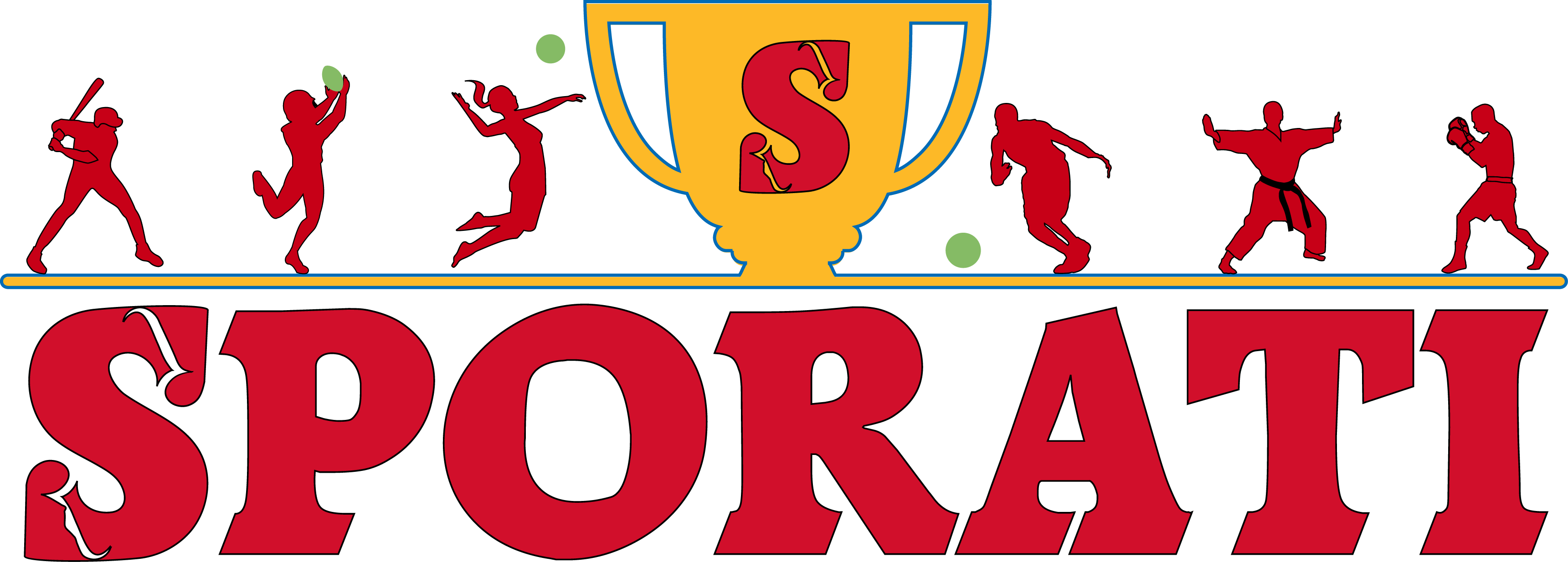Macklin Celebrini: Canada’s Olympic Hopes Tied to San Jose Sharks Rookie
Celebrini Canada Olympics?
The buzz around Macklin Celebrini has been impossible to ignore. As the San Jose Sharks’ rookie phenom continues to show why he was the No. 1 overall pick in the 2024 NHL Draft, questions are swirling: Is he already on Hockey Canada’s radar for the upcoming 2026 Winter Olympics in Milan-Cortina? And perhaps more intriguingly, can Canada’s front office resist the allure of this fast-rising superstar?
For a country stacked with hockey talent, the Olympics are always a showcase of the crème de la crème. However, Celebrini’s sensational debut season might force Canada’s brass to consider making an exception. Here’s an in-depth look at why the hype is real, what executives are saying, and whether the teenager might become the latest to wear the Maple Leaf on Olympic ice.
The Macklin Celebrini Effect
If you’ve been following the NHL this season, Macklin Celebrini’s name has already become synonymous with dynamic, high-octane hockey. Just 18 years old, the Vancouver-born prodigy is shattering expectations in the Sharks’ rebuilding campaign. From posting multi-point games to dazzling with his vision and elite skating, Celebrini is giving Sharks fans a glimmer of hope in what has otherwise been a tough stretch for the franchise.
As of December, Celebrini is leading all NHL rookies in points and has become a staple on San Jose’s power play. He’s looking less like a rookie and more like a generational talentone with the kind of skill set that makes national team executives want to lean forward in their chairs.
His playmaking abilities, coupled with an edge of maturity beyond his years, make him an intriguing option for Team Canada. But is his immediate Olympic candidacy realistic, or a bridge too far?
What Hockey Canada Thinks
First, let’s talk context. Team Canada typically builds its Olympic roster with a blend of experienced veterans and peak-form superstars. Think Sidney Crosby, Connor McDavid, and Nathan MacKinnon leading the charge. Throwing a teenager like Celebrini onto hockey’s biggest stage may seem far-fetchedafter all, Canada doesn’t traditionally gamble on youth for such high-stakes international tournaments. But exceptions have been made in the past.
That said, Celebrini’s closest NHL peers have showered him with praise. Sharks Head Coach David Quinn compared him to the young version of Pavel Datsyuk, and league insiders have echoed those sentiments. His quick ascension has even caught the attention of overseas competitions.
“Macklin is already playing at an Olympic level. He’s not a project; he’s a solution,” an NHL scout told The Mercury News.
There’s also a practical angle. The 2026 Winter Olympics mark a rare return for NHL players after the league skipped out on Beijing 2022. For Hockey Canada, the tournament is not merely about winningit’s about asserting global hockey dominance. Selecting a young phenom like Celebrini could provide a spark of unpredictability and inject a fresh narrative into Team Canada’s lineup.
Balancing Youth and Experience
Historically, Canada’s Olympic hockey rosters are a smorgasbord of seasoned NHL greats with a sprinkling of younger stars. The last time a teenager suited up for Canada at the Olympics was Sidney Crosby in Turin 2006and we all know how that turned out. Could Macklin Celebrini be cut from the same cloth?
For all his brilliance, there are questions about whether adding an untested rookie to a stacked Canadian lineup could be risky. The Olympics demand insane poise under pressure, and not every NHL sensation translates seamlessly to international ice. Celebrini may own NHL ice right now, but does he have the chops to stand out in a tournament that boasts more defensive discipline and less open ice?
On the flip side, having a rising star could leverage the element of surprise. Celebrini’s creativity and aggressive forecheck could give Team Canada a different dynamica unique edge that veterans may not bring. For a kid who handled the NHL spotlight without flinching, the Olympic stage might not be as daunting as some expect.
What Macklin Himself Thinks
For his part, Celebrini has been the epitome of humility when asked about his Olympic prospects. “It’s not something I’m thinking about right now. The focus is on helping the Sharks win hockey games,” he told reporters earlier this week.
Classic hockey player speak? Sure. But insiders note that Celebrini thrives off big moments, whether or not he admits it. The Olympics would be a platform for him to continue cementing his status as one of hockey’s brightest lightsand to showcase his talents on a level where legends are made.
Off the ice, he’s garnered praise for his leadershipeven as a rookie. Celebrini’s self-assured presence and his knack for turning teammates into believers could make him an asset in Canada’s dressing room, especially when navigating the pitfalls of a grueling Olympic tournament.
Final Word: Is Celebrini Canada-Bound?
So is Macklin Celebrini on Canada’s Olympic radar?
The short answer: Probably.
The longer answer requires peeling away layers of tradition, team chemistry, and risk assessment. What’s clear is that Celebrini has the hockey world’s attentionand Hockey Canada isn’t immune to the superstar allure. Whether or not Macklin suits up for Team Canada in February 2026, he’s unmistakably part of the conversation, and that alone speaks volumes.
For now, though, all Celebrini can do is control what he can control: his game. And if his rookie season is any indication, Canadians might want to start marking their calendars. A future with Macklin Celebrini at the Olympic Games isn’t just a pipe dreamit feels inevitable.

